Swedish Punsch in History and Mixology
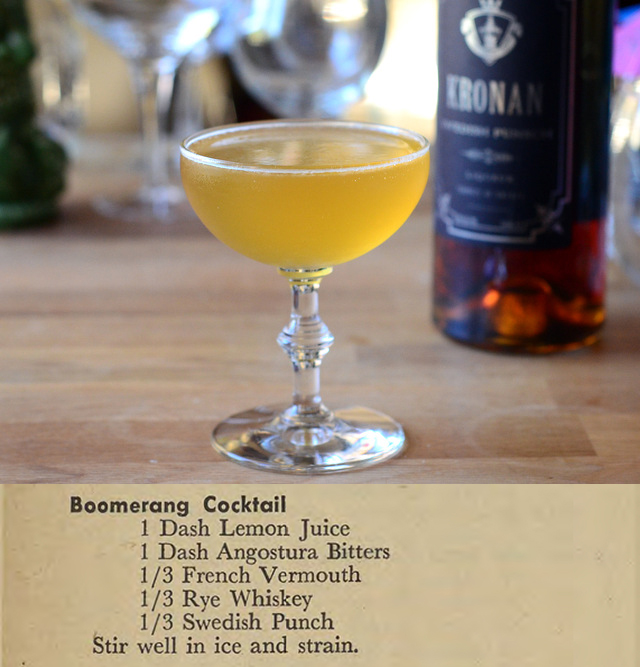
The 2012 revival of Swedish Punsch in the United States was the latest chapter in the fascinating story of one of the world’s great liqueurs. Dark, spicy and slightly smoky, Swedish Punsch is a beverage of two histories—a national drink in Sweden, and a component of more than 50 classic cocktails. Haus Alpenz founder Eric Seed worked with Swedish master blender Henrik Facile of Liquid Innovators LLC to create KRONAN Swedish Punsch, enabling Americans to once again discover the joys of drinks such as the Boomerang (above) as well as the Doctor Cocktail, the Diki Diki and the Have A Heart, all of which Ted Haigh featured in his influential book “Vintage Spirits and Forgotten Cocktails” in 2004.

The basis of all Swedish Punsch is the Indonesian sugarcane distillate first made famous by Dutch merchants who colonized the port of Batavia (a.k.a. Jakarta) on the island of Java in the 1600s: Batavia Arrack. David Wondrich calls it “the world’s first luxury spirit.” You could also call it East Indies rum. It has pungent, almost savory flavors that are reminiscent of traditional rums of the West Indies (notably Jamaica), but there are distinctive nuances that come from a small portion of fermented red rice in a distillation practice that originated in China. KRONAN Swedish Punsch combines the best of both hemispheres—Batavia Arrack and Demerara and Jamaica rums—with numerous spice and bitter, tannic flavors. The result is a liqueur of remarkable depth and complexity that is both a delicious cocktail in and of itself, and a mixologist’s secret weapon (see below).
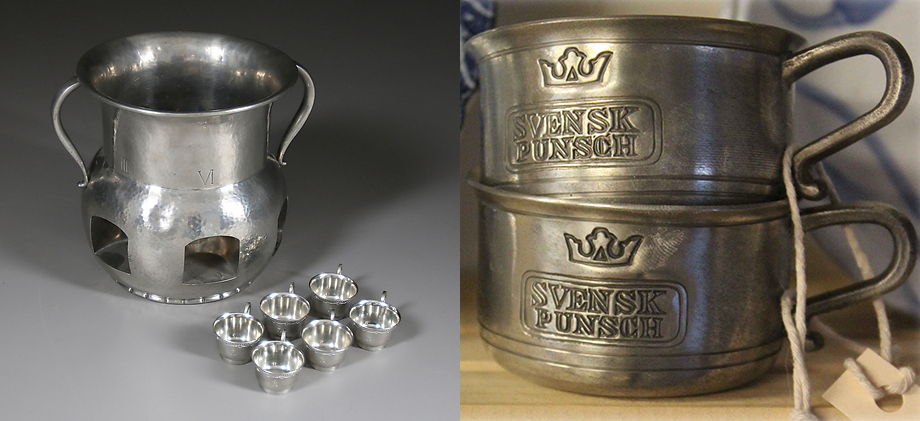
Sweden’s National Drink
As with so many countries in Europe, Swedish exploration led directly to the development of drinking traditions. Sailors of the Swedish East India Company found Batavia Arrack, dark sugar, tea and spices in and around Java and, as the English had done before them, concocted a “punsch” for the long sail back to Gothenborg in 1733. The tradition of punch quickly took hold. At first, socializing around a flowing bowl of warm, heady “arrack punch” was a pastime for the wealthy, as sugar, spices and citrus fruits were luxuries. Punch, which consists of five basic ingredients—spirit, sugar, citrus, spice/tea and water—was the precursor of the Cocktail.
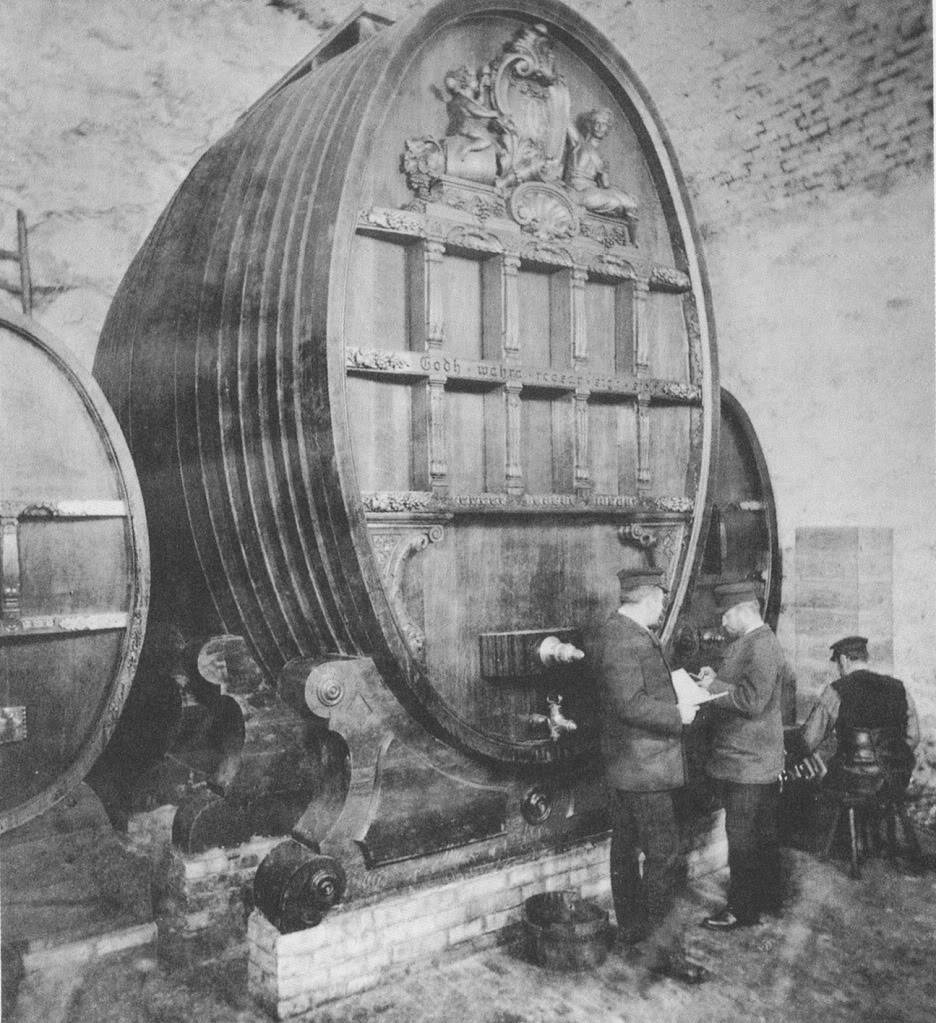
The consumption of Swedish Punsch became widespread with the Industrial Era and the rise of bottled beverages. In the 1840s, the Swedish wine merchant Joan Cederlund Söner, who leased storage casks beneath the Castle of Stockholm, made the first bottled punsch out of Batavia Arrack, sugar and acidic wines (rather than citrus, which wasn’t shelf-stable). The idea was to consume it mostly as a cold, refreshing drink rather than a hot drink.
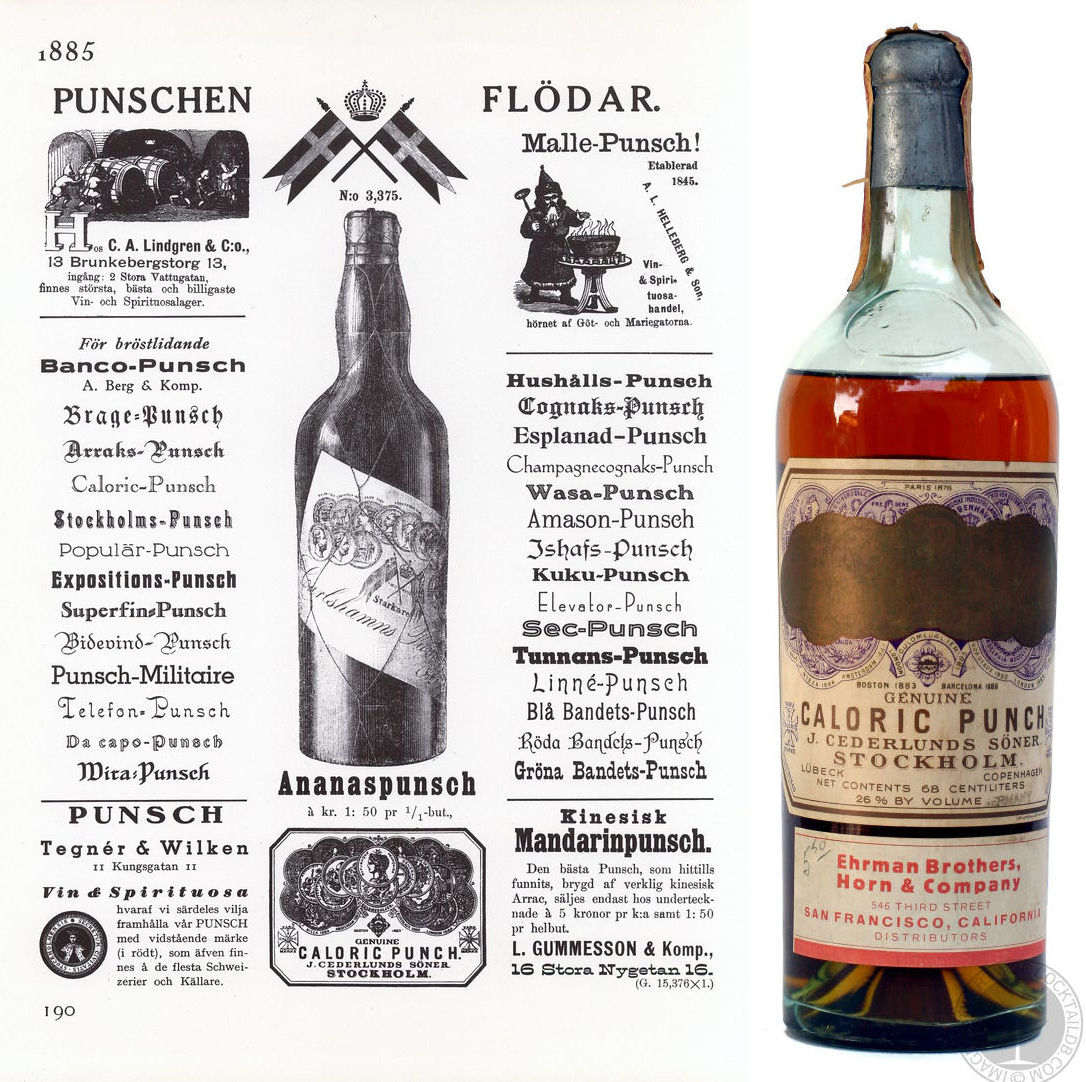
The idea took off. Other producers followed Cederlund's lead, making punsches with names evocative of the era, including Kavalleri (Cavalry) Punsch, Telefon Punsch, Elevator Punsch and Caloric Punsch (at the time, “caloric” essentially meant invigorating). Punsch became such a tradition in Sweden that it influenced the language: there are some 80 words in the Swedish dictionary derived from “punsch.” One of those is punschveranda, a household porch where the custom of postprandial cigars and punsch took place. A glass of warm punsch with ärtsoppa—pea and ham soup—was a common Thursday-night tradition, following the Christian practice of preparing for a fast on Friday. Even today, special occasions are frequently toasted with punsch.


Swedish Punsch in America

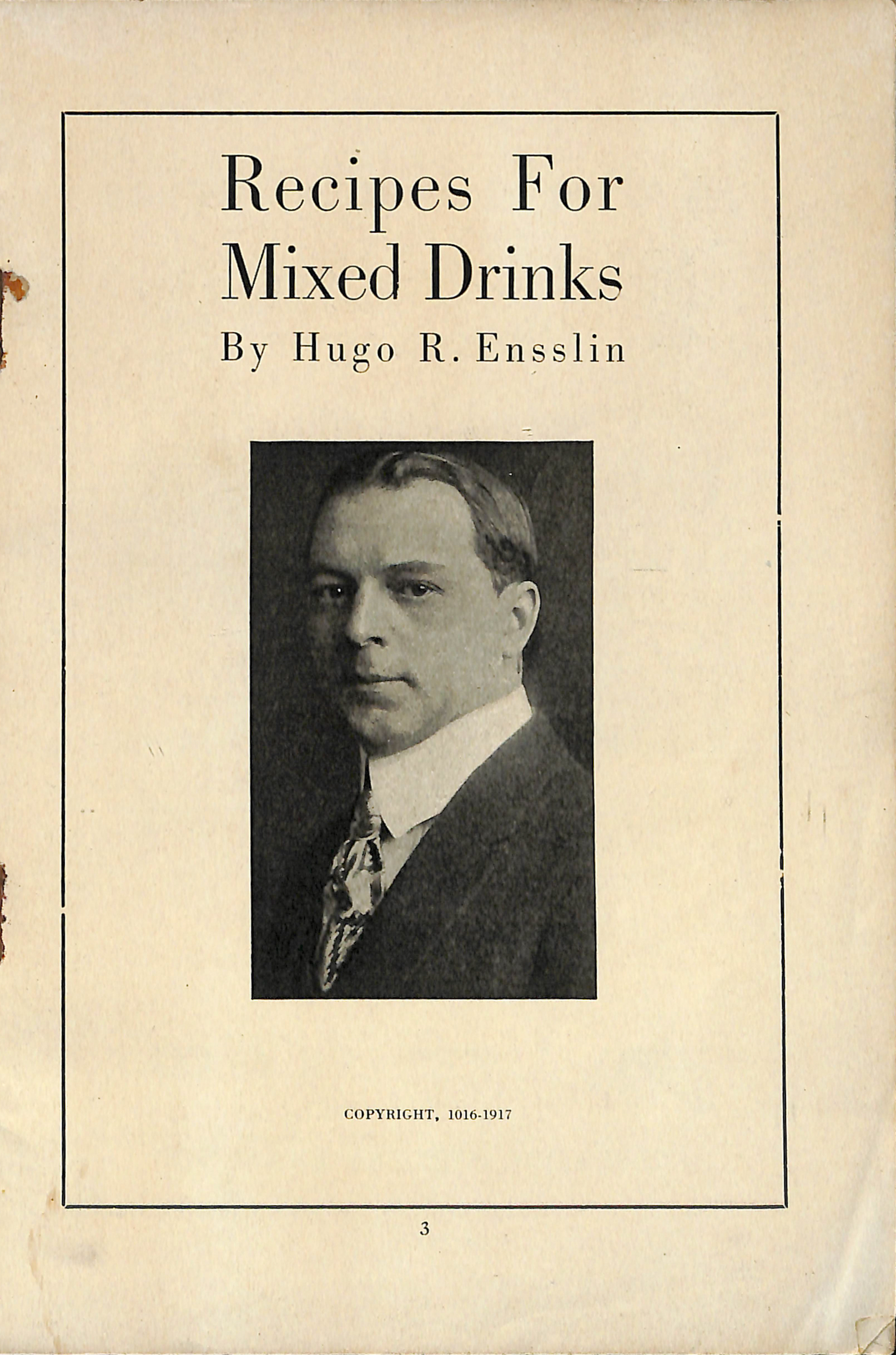
Swedish Punsch began making its way across the Atlantic around 1860, along with over a million Swedish immigrants. It blazed a trail that would be followed by dozens of other European beverages, inspiring the invention of many mixed drinks in America’s first golden age of the cocktail. Early references to Swedish Punsch recommended combining it with hot water for a traditional punch, as in “Fancy Drinks and Popular Beverages” by “The Only” William Schmidt in 1896, or with seltzer or Rhine wine for a highball.

By 1916, when Hugo Ensslin published his “Recipes for Mixed Drinks,” there was the Doctor Cocktail, the Have a Heart Cocktail and the Mabel Berra Cocktail. When mixology was largely exiled to England and Europe during Prohibition, Harry MacElhone featured the aforementioned recipes in his “Harry of Ciro's ABC of Mixing Cocktails” (1923) along with the C.F.H. Cocktail and the Diki Diki Cocktail, which warranted the note: “This is a very popular cocktail in London by ‘Robert,’ the well known bar-tender.“ “Robert” was Robert Vermeire of London's Embassy Club.
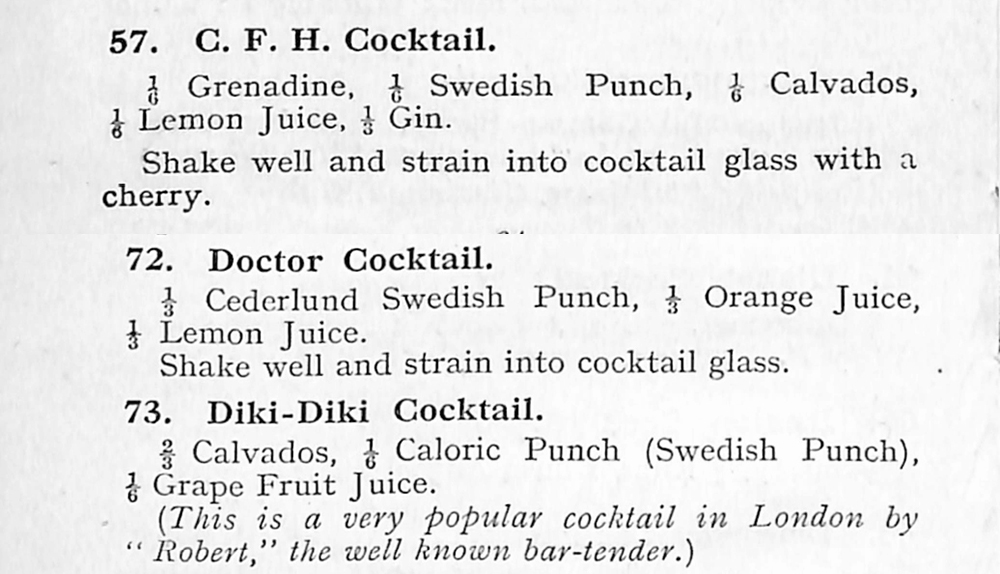
Swedish Punsch Today

Henrik Facile set a new standard for punsch in his country when he created Facile Swedish Punsch in 1993. Having been a sommelier in the 1980s, he was prompted by the realization that the national drink had become a shadow of its former self, with a relatively low-quality base spirit. “What surprised me the most was that the Swedish retail monopoly stores Systembolaget only carried four punsches that had not changed since 1917,” Facile told the Swedish-American magazine Umgås. His experience creating his namesake punsch, blending the highest quality Batavia arrack and West Indian rum, was tapped by Seed to create KRONAN for the American market.
“It immediately adds complexity to a cocktail,” Del Pedro of the Brooklyn bar Tooker Alley told PUNCH in 2016. “The mixture of spices used makes for a very unusual tasting but thoroughly approachable liqueur. It’s kind of an underrated and—to my knowledge—underused product that has a lot of potential to expand the dimensions of a cocktail when used judiciously.”


Boston bartender and cocktail book author Fred Yarm is such a devotée of Swedish Punsch that he recently created a cheat sheet on how to use the ingredient in cocktails, based on flavor combinations that first appeared in the 1930s, such as in the Savoy Cocktail Book.
The best way to start exploring the flavors of KRONAN is to keep things simple: Try it neat or on a cube of ice (accompanied by a cigar if you'd like); sip it over ice with a big squeeze of lime juice for a flavorful daiquiri variation; mix it 50:50 with bourbon for an easy, batchable Old-Fashioned poured over ice, stirred and garnished with an orange peel.
As the toast goes in Sweden, Skål!
